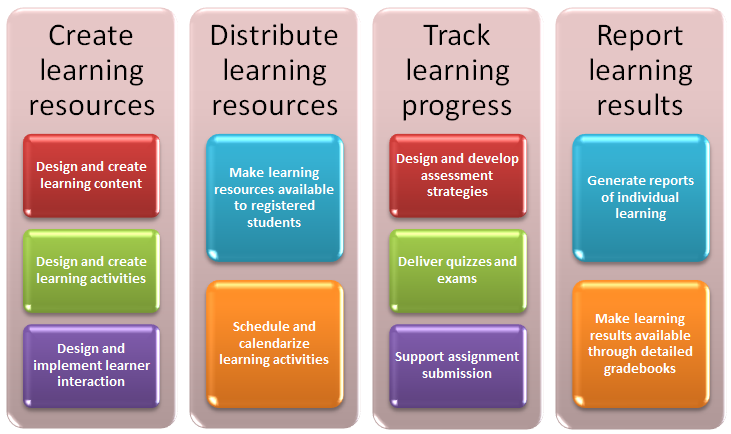Collaboration and Social Learning
Over the last four decades, the body of knowledge around learning theory has evolved from considering the learning process from an individual perspective to emphasizing the importance of social networks and collaboration in the way we learn. Bandura (1977) states:
"Learning would be exceedingly laborious, not to mention hazardous, if people had to rely solely on the effects of their own actions to inform them what to do. Fortunately, most human behavior is learned observationally through modeling: from observing others one forms an idea of how new behaviors are performed, and on later occasions this coded information serves as a guide for action." (p22).
The rapid growth and development of information and communication technologies (ICTs) over the last two decades has greatly enabled the growth of collaborative environments and the expansion of social networks, supporting the tenets of collaborative and social learning theory.
"Research shows that collaborative learning compared to individual and competitive learning scenarios brings students to a higher achievement level, raises their problem-solving abilities, offers cognitive advantages to learners and also has positive influences in enhancing the development of personality traits that are beneficial for future learning or future autonomous or co-operative learning and working (Tozer S. E. et.al. 1995; Webb, N. 1984; Bargh, J.A.; Schul, Y. 1980)."
In "Social Aspects of Collaborative Learning in Virtual Learning Environments"
The LMS
Learning Management Systems (LMS) are Web-based software applications that do just that: they manage learning and the delivery of learning resources. In doing so, these applications allow educators to:


Examples
Moodle is one of the most widely used LMS in the world. It is a free, open source LMS, that fosters constructivist approaches to teaching and learning. Moodle offers great flexibility in the way learning content and resources can be introduced as well as a comprehensive set of tools for learner engagement and collaboration. You will learn all about Moodle in the next sections of this course.
The Teaching Philosophy of the LMS
By making available a variety of tools to enable rich communications, such as discussion forum, blogs, chat rooms and even e-mail, LMS enable higher levels of student engagement in the learning process. Relying on good course design, instructors have the opportunity to guide learners through discovery, reflection and collaboration. They can be the guides on the side enacting student-centric teaching approaches that enable students to think through situations while constructing their own knowledge. The variety of tools available through a LMS permit the design of comprehensive assessment strategies, tailored to specific learning situations. Instructors can design structured quizzes using a multitude of question types at one end of the spectrum, or collaborative group projects that focus on application of learning to specific situations. Accessibility over the Internet provide both instructors and learners with great flexibility to teach and learn virtually anywhere, anytime.
The LMS allows for highly structured as well as non-structured learning environments. The teaching philosophy behind most LMS is one of flexibility and choice, allowing teachers to use the teaching approaches that may be best suited for their learners, the subject-matter and the context in which their courses are offered. From approaches that are focused on knowledge transmission to the ones that fuel knowledge creation, the LMS offers a wide spectrum of possibilities. However, the default approaches used in most LMS tend to be transmission oriented with a great focus on the content. Taking advantage of the constructivist approaches that are enabled by LMS requires good learning design, that focus on knowledge creation and engagement.

Web Resources: Optional Reading
If you are interested in learning more details about LMS, have a look at the following resources:
This online course is available to you through Moodle, a free open source LMS. There are many LMS, some free some proprietary. The following sites list the most commonly used LMS:
